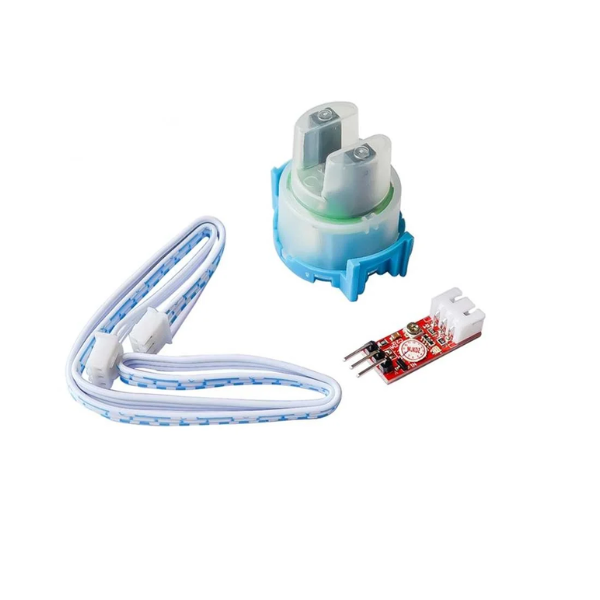
DSM Online Support
Support Master
Welcome to DSM Online
How can I help you today
How can we assist you? please let us know the support you need from DSM Online








Category: Others Sensors
SKU: 1941
Description:
A turbidity sensor with module is an electronic device used to measure the cloudiness or haziness of a liquid.
Key Features:
Specifications (Typical):
DATA SHEET AND USECASE
Key Specifications: